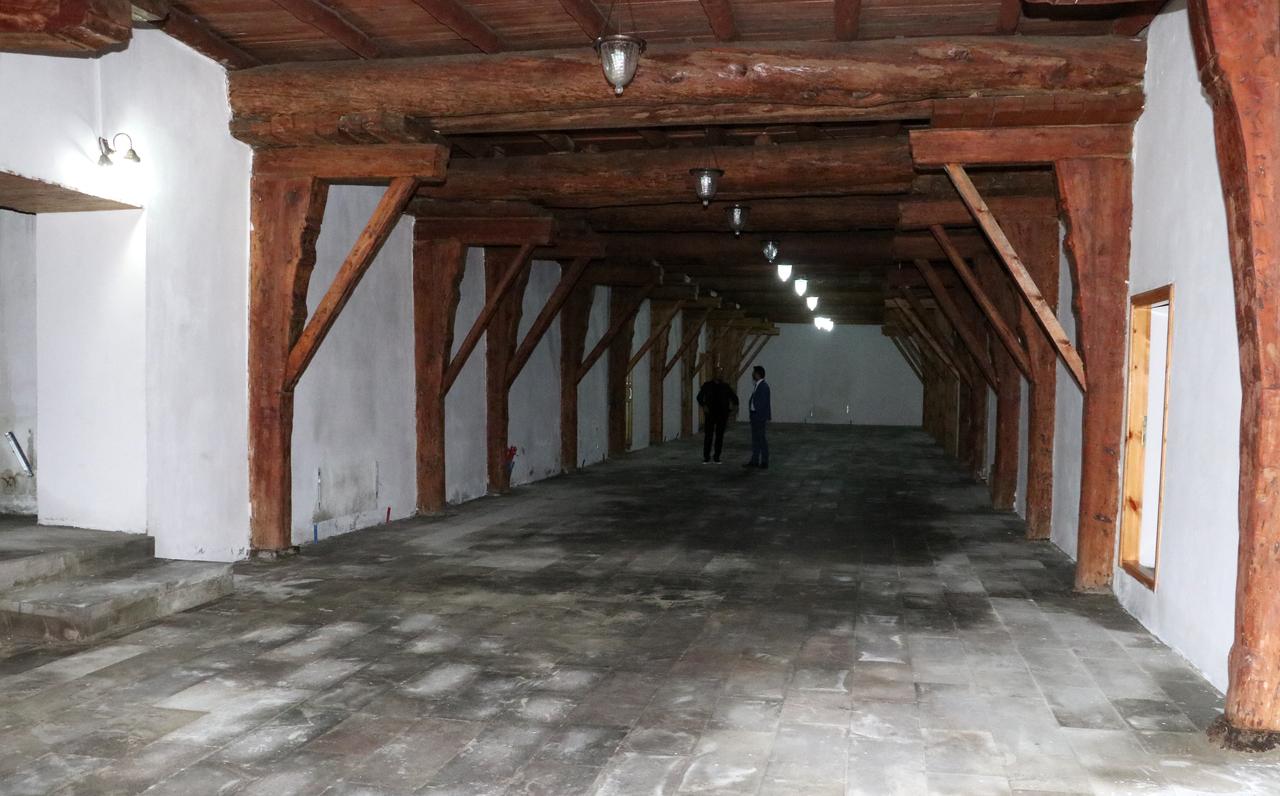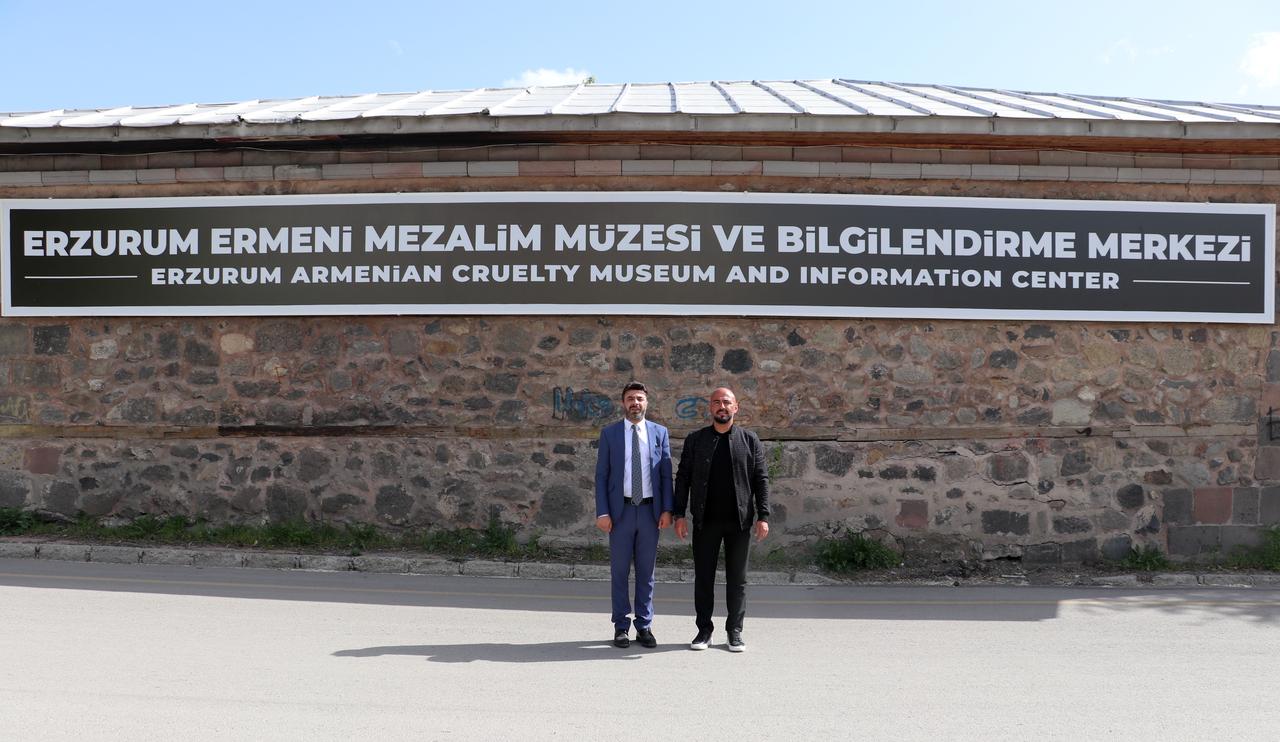
A historic Ottoman inn in eastern Türkiye, originally built in 1726 to facilitate customs procedures for caravans arriving from Iran via the Silk Road, is set to reopen as a museum dedicated to the atrocities committed by Armenian gangs in 1915.
Located in the Yakutiye district of Erzurum, the Gumruk Hani (Customs Inn), commissioned by Haci Dervis Ibrahim Aga, stands as one of the city's most important cultural landmarks. With its pointed-arch entrance, expansive courtyard, and precision-cut stonework, the inn once served as the first stop for trade caravans entering the city from the east.
After undergoing extensive restoration by the Erzurum Regional Directorate of Foundations between 2005 and 2006, the building had temporarily functioned as a marble workshop. However, thanks to efforts led by the City and Culture Studies Association, the site is being transformed into the "Erzurum Armenian Cruelty Museum and Information Center."
Ugur Aksu, head of the association’s Erzurum branch, stated that the transformation was made possible with the support of both local authorities and the Azerbaijani Consulate in Kars. The museum is being developed at a site historically known for the violence of 1915.
"This place was one of the areas where Armenian atrocities took place. The area contains historical mansions that stand as silent witnesses to the trauma. We believed this was the most appropriate place to establish such a center and proceeded after securing the site," Aksu told Anadolu Agency.
He emphasized that the project is a collective effort and was designed to become a shared cultural space for Erzurum residents. "We didn’t want this to remain a private initiative. We knew that a single association could not carry the financial burden. So, we took on the coordination and ensured all relevant stakeholders were involved," Aksu said.

The Gumruk Hani contains 13 rooms around its wide courtyard. According to Aksu, each space within the building has been allocated a specific function. "We designed it to include a conference hall and areas for public talks. It will be a center of knowledge for people to understand what really happened," he noted.
The first two rooms are dedicated to Kazim Karabekir Pasha, highlighting his vision for Erzurum and his role during the period. One room is set to function as a mapping hub for the identified sites of atrocities, while others will host an art gallery, a traditional footwear display, and a section dedicated to tragedies in Karabakh and Khojaly.
The final three rooms will exclusively cover the Armenian question with documents, photographs, and a reference library. “Visitors will be able to access academic resources here,” Aksu added.
The courtyard is being redesigned to serve as a gathering place for educational events, including lectures and panel discussions. Students will be brought in five days a week to learn about the events through visual storytelling and expert engagement.
"This museum is not about inciting hatred or targeting a specific nation," Aksu clarified. "Our goal is to revive social memory and ensure that future generations are aware of the historical events that shaped this region."
Yunus Ince, a history teacher and board member of the association, underscored the economic and cultural significance of the site. “This han once served as a vital economic platform where Evliya Celebi worked as a financial officer for 1.5 years.
Through the republican era, it saw several restorations. Now, our mission is to highlight the Armenian violence that took place here," he explained.
The museum’s full installation is expected to be completed by December, when it will officially open its doors to the public.